Video analytics in healthcare: protecting patients and staff
- Security for businesses
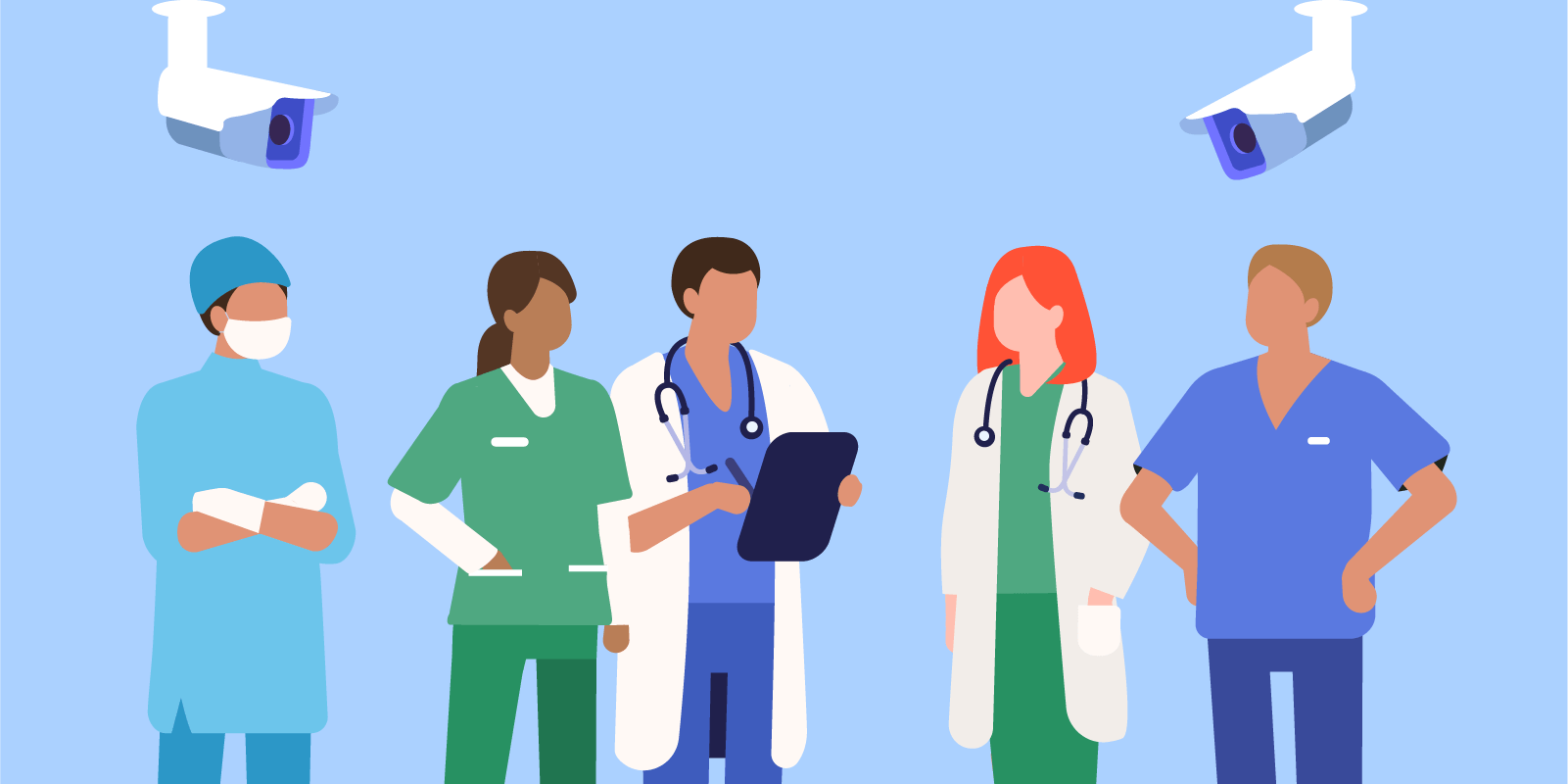
Doctors, nurses and care workers work under extreme pressure to make sure all their patients receive the best level of care. In busy hospitals and nursing homes, this can prove difficult - especially for nurses, who must monitor a large number of patients at any given time. Patients all need to be treated, but it is impossible to be in two places at once.
The healthcare sector is now looking to technology to help solve some of these issues. By enhancing video surveillance at hospitals with intelligent video analytics, it is possible to monitor all kinds of situations, lessening the burden on medical staff and improving patient safety.
Video analytics are also highly cost-effective and actually add value to older security camera systems that are already in place. Integrating intelligent analytics can transform cameras into proactive tools that not only contribute to security, but to patient safety, healthcare standards and hygiene monitoring.
Let’s look at some of the ways that we can use AI-based video analytics in hospitals, hospices and care homes.
Patient slips and falls
In hospitals and nursing homes, slips and falls are unfortunately commonplace. If a patient gets up to use the bathroom in the middle of the night and they are too weak to walk, then it is very likely that they will fall - especially if the nurse on duty is not available to help. In nursing homes, elderly patients can be seriously injured by a fall, so it is crucial that staff are aware this has happened and can respond quickly.
While there are emergency call buttons in hospitals and care homes, sometimes the patient cannot reach them, or is too ill to have the presence of mind to use them. In these cases, video analytics are invaluable; motion detection analytics can identify whether a patient has fallen, sending an alert to a member of staff who can respond immediately and help the patient.
Wandering patients
It can be very difficult for hospital staff if weak or vulnerable patients wander around; having to track them down and ensure they return to their ward safely is stressful and makes it harder to find time to treat other patients. If someone is particularly vulnerable (for example, an elderly patient with advanced dementia) then it is also crucial that nurses know where they are for their own safety.
Intelligent video analytics can help nurses to keep track of the patients in their care by sending alerts if people are detected on camera. This is especially useful at night - it is possible to set schedules so that the analytics only send through alerts between certain times. If a patient is spotted wandering around at 3am, then the duty nurse will receive an alert that shows them when and where that person was spotted. The nurse can use this information to quickly find the patient and return them to their bed.
Want to learn more about how Calipsa's intelligent video analytics can enhance healthcare safety and security?
Hygiene and cleanliness
Video analytics can also help maintain hygiene standards in hospital wards, hospices and nursing homes. This is especially important now that highly contagious and drug-resistant “superbugs” such as MRSA are prevalent in hospitals; they can make vulnerable patients extremely ill and slow their recovery. These diseases are often spread in hospitals and care homes by a lack of regular, thorough cleaning.
Video analytics can help staff to check whether all areas of a hospital wing have been thoroughly cleaned by sending alerts after a certain period of time has elapsed without cleaning activity. Smart analytics can recognise objects of interest, for example the yellow “cleaning in progress” floor signs. Analytics can also recognise whether someone has simply passed through an area or has stayed in that area for an extended period of time in order to clean.
If a number of hours has gone by in which there are no cleaning signs detected, and nobody has stayed in that area for longer than a few seconds, it would indicate that a scheduled clean has not taken place. The analytics platform can send an alert to the ward manager or head nurse, who can instruct a cleaner to focus on that area.
Managing Covid-19 with video analytics
The rapid spread of Covid-19, with its new variants, has put an enormous strain on healthcare providers worldwide. Video analytics could help overstretched healthcare staff to limit the spread of coronavirus.
One simple way video analytics can help is by alerting staff to areas at risk of overcrowding, where social distancing would become extremely difficult. By using people counting and/or crowd forming tools, it is possible to set a limit on the number of people allowed in an area at any given time. If that number is exceeded, analytics can alert a nurse or ward manager who can disperse people to reduce the risk of infection.
Analytics can also detect personal protective equipment (PPE) as an object of interest. For example, if it is mandatory for all staff and visitors to wear PPE, it is possible to detect if someone is not wearing it, which would trigger an alert.
Intelligent video analytics can also be extremely useful for patients who are forced to self-isolate or quarantine. If they have to remain separate from other patients, analytics can be used to help busy staff monitor patients who are in other rooms. If they have a fall, or leave their quarantine area, then analytics can help staff respond to these incidents faster.
What about patient and staff privacy?
While video analytics can improve healthcare standards, it is understandable that patients and staff would be concerned about their privacy. After all, both patients’ medical records and staff personnel/performance records are confidential. If AI-powered software is tracking movement and location, could this pose a privacy issue in a healthcare setting?
The answer is, it depends on the software you choose. Some video analytics software uses technology like facial recognition, which by default identifies people. However, software like Calipsa automatically pixelates faces to preserve people’s privacy. We also only store video alarm data for 30 days, after which it is deleted.
Our advice to healthcare providers is to consider what you want to use video analytics for, and choose a platform that fulfils those requirements. If data privacy is a concern, there are analytics providers available - like Calipsa - that respect this and comply with legislation such as GDPR.
Discover how intelligent video analytics and event-based monitoring could transform safety and security for healthcare providers. Download our free whitepaper to learn more:
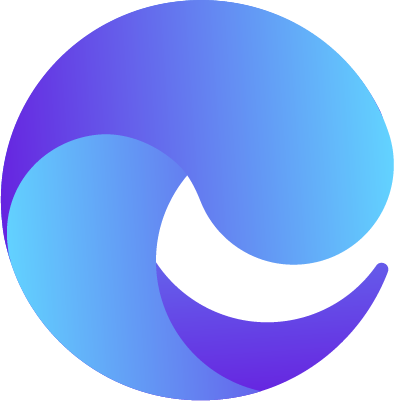
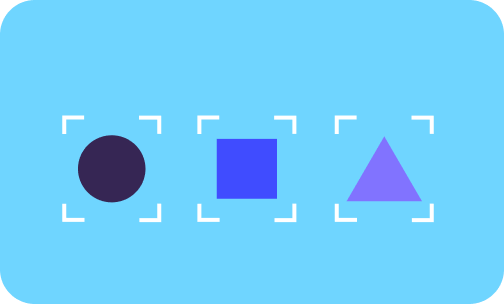
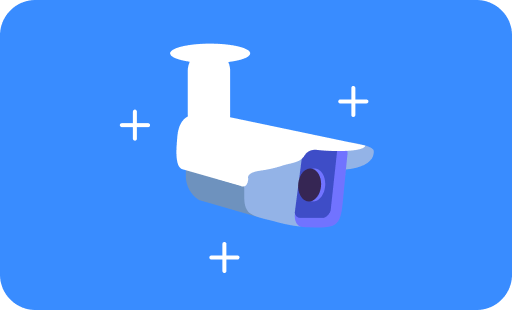
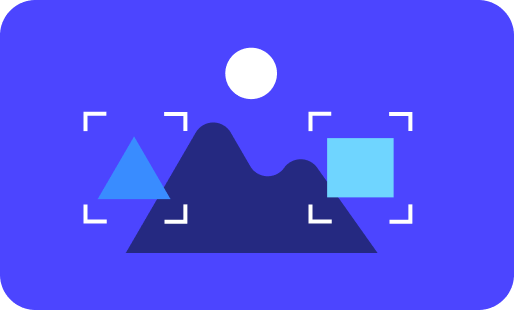
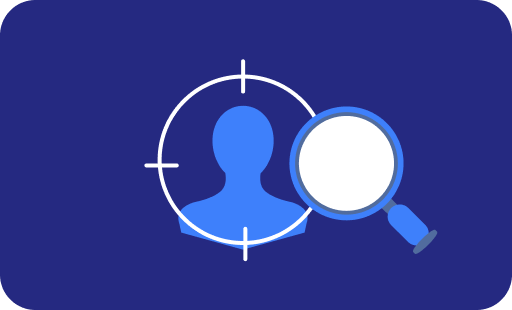




No comments